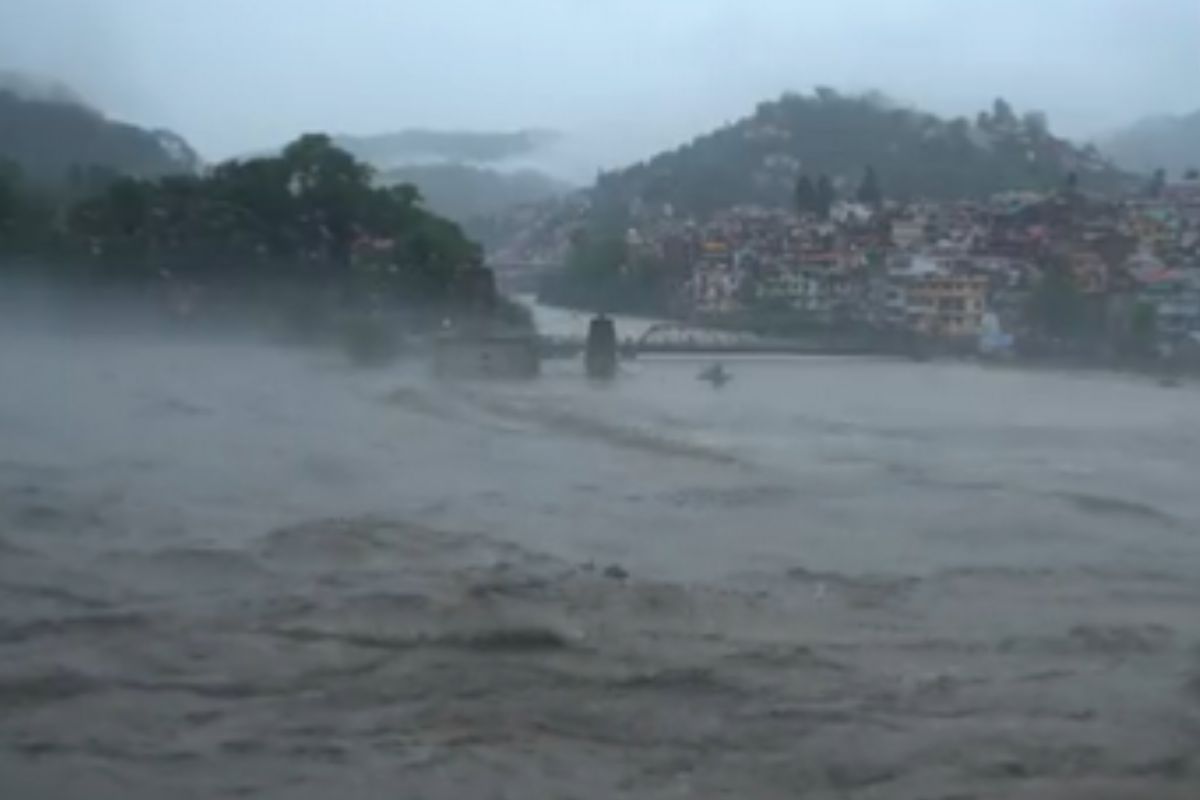The disasters that have laid low two of India’s hill states ~ Himachal Pradesh and Uttarakhand ~ are attributable as much to the vagaries of nature as they are to the depredations wrought by man. The country’s two principal political parties ~ the Bharatiya Janata Party and the Indian National Congress ~ have by turns been at the helm of affairs of the two states, having ruled for almost equal lengths of time in the past 40 years in Himachal, and the past 23 in Uttarakhand.
Thus, while those in power blame unprecedented rains directly and climate change obliquely for the death and devastation seen this year, the fact is that in both cases, disasters were waiting to happen because of rampant deforestation, thoughtless construction and erosion of river banks. In effect, man threw down the gauntlet and Nature responded with fury; the two parties at the helm must share the blame in equal measure. Flooding and landslides are common in the hill states, but when as many as nine people are crushed by boulders in a single incident, as reported from Uttarakhand a few days ago, questions must be raised on why this should have happened. Such events occur when the fragile Himalayan eco-system is tampered with, as has been done in both states in the name of development. A few years ago, the recently expanded Kalka-Shimla highway saw disruptions after a relatively minor downpour, because the road had been widened without effectively strengthening embankments. As a report in this newspaper has pointed out, more than 1,300 road blockages have been reported in Himachal and 40 major bridges have been damaged in the past week. It is well acknowledged that northern Indian hills, especially those above a latitude of 28 deg N are environmentally fragile and that unplanned development to cater for the aspirations of local people, and the increasing pressure of outsiders, has caused widespread damage.
Advertisement
Slopes are at angles higher than 35 and 40 degrees, which means monsoon waters stream down at pressure, eroding slopes already denuded of trees. Unrestrained construction, often flouting building codes, in these areas increases the threat to life and property. More than a decade ago, a report of the erstwhile Planning Commission had recommended that the balance between natural resource exploitation and conservation should “tilt in favour of the latter.” The report had identified zones in the hill areas, and suggested protection of alpine and sub-alpine areas at all costs; strict protection of natural water zones, including glaciers, and a ban on construction in areas having a slope of more than 30 degrees. As the recent disasters, not just the ones this year, have shown us, many of these recommendations were junked not long after they were made.











